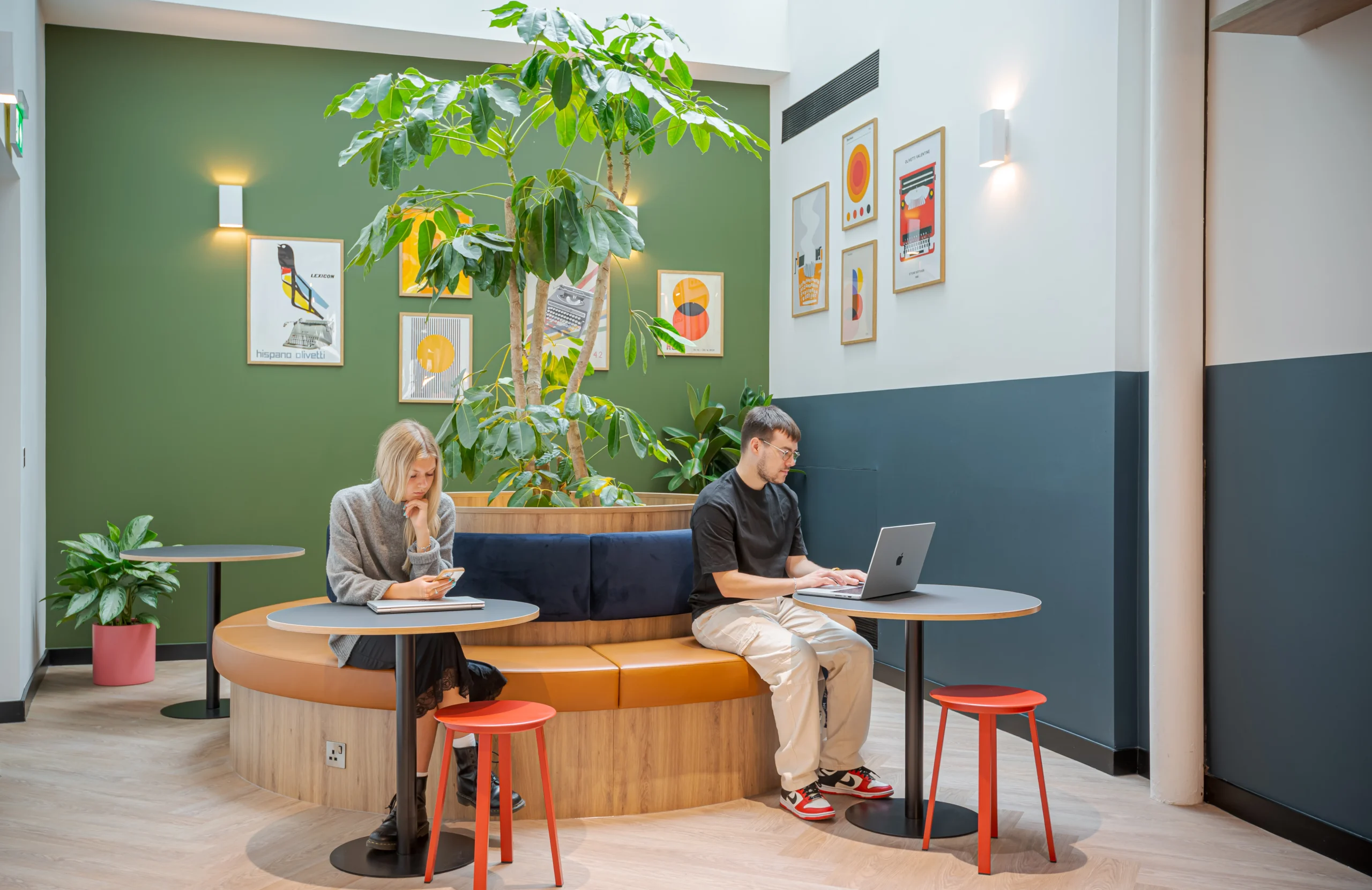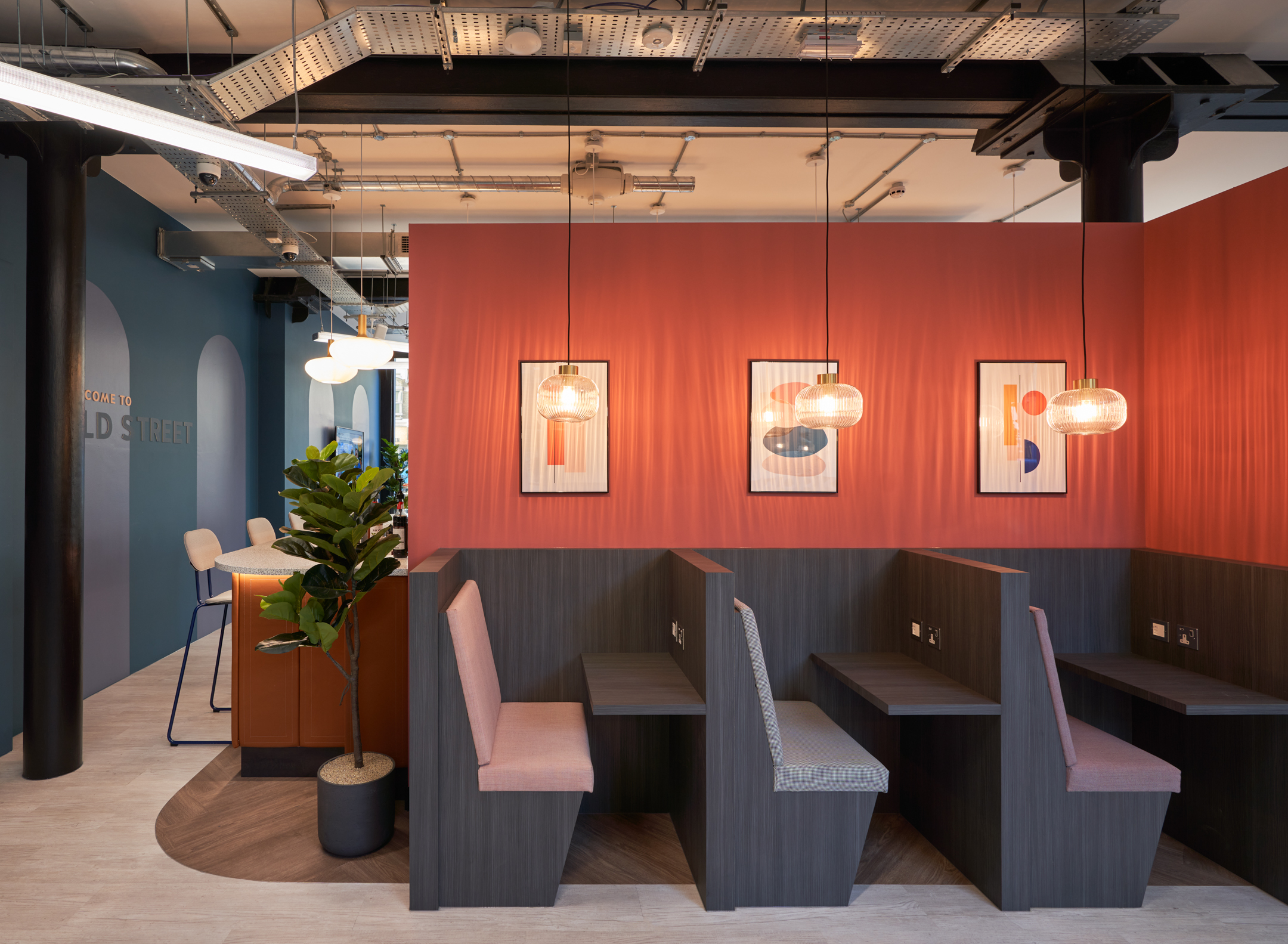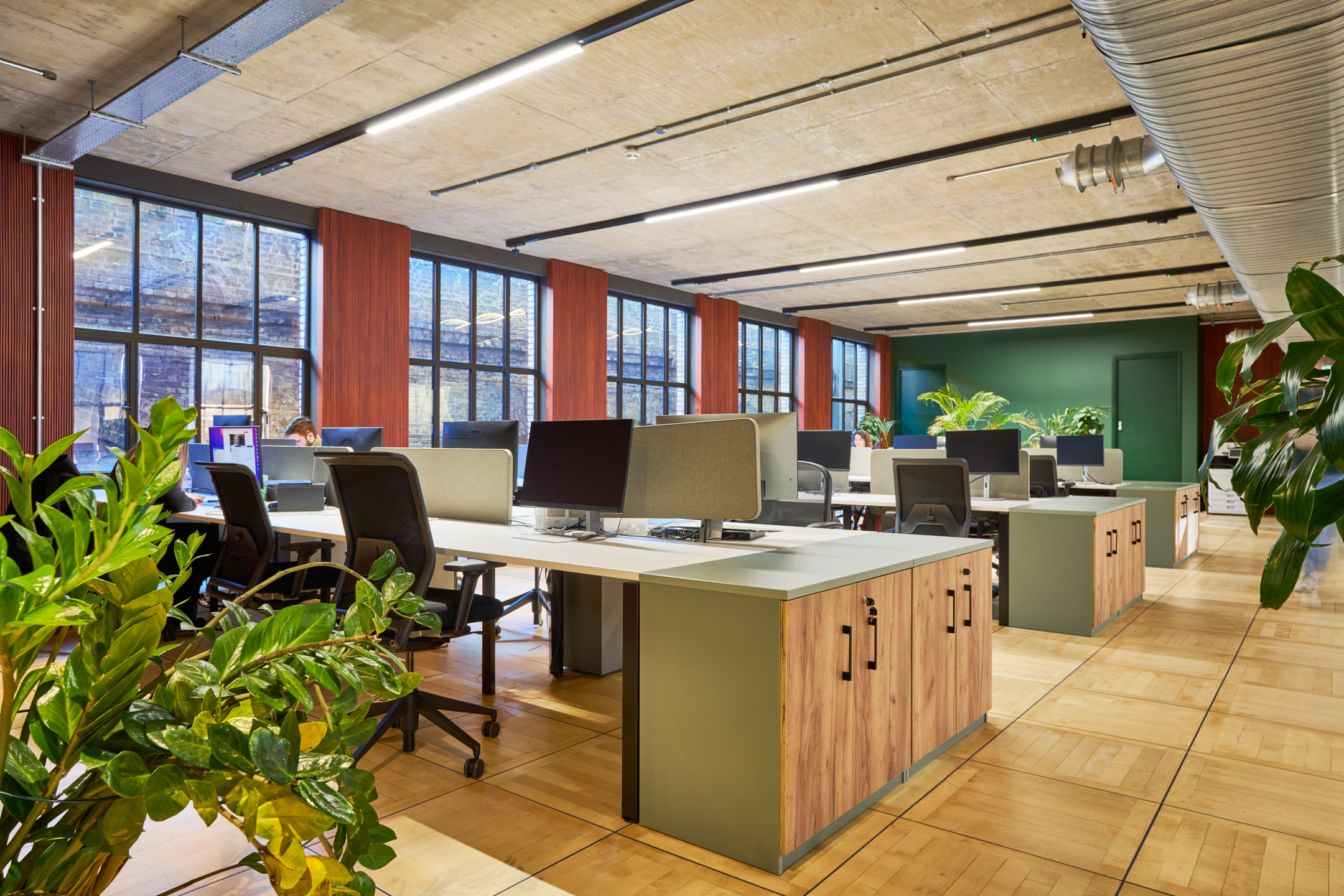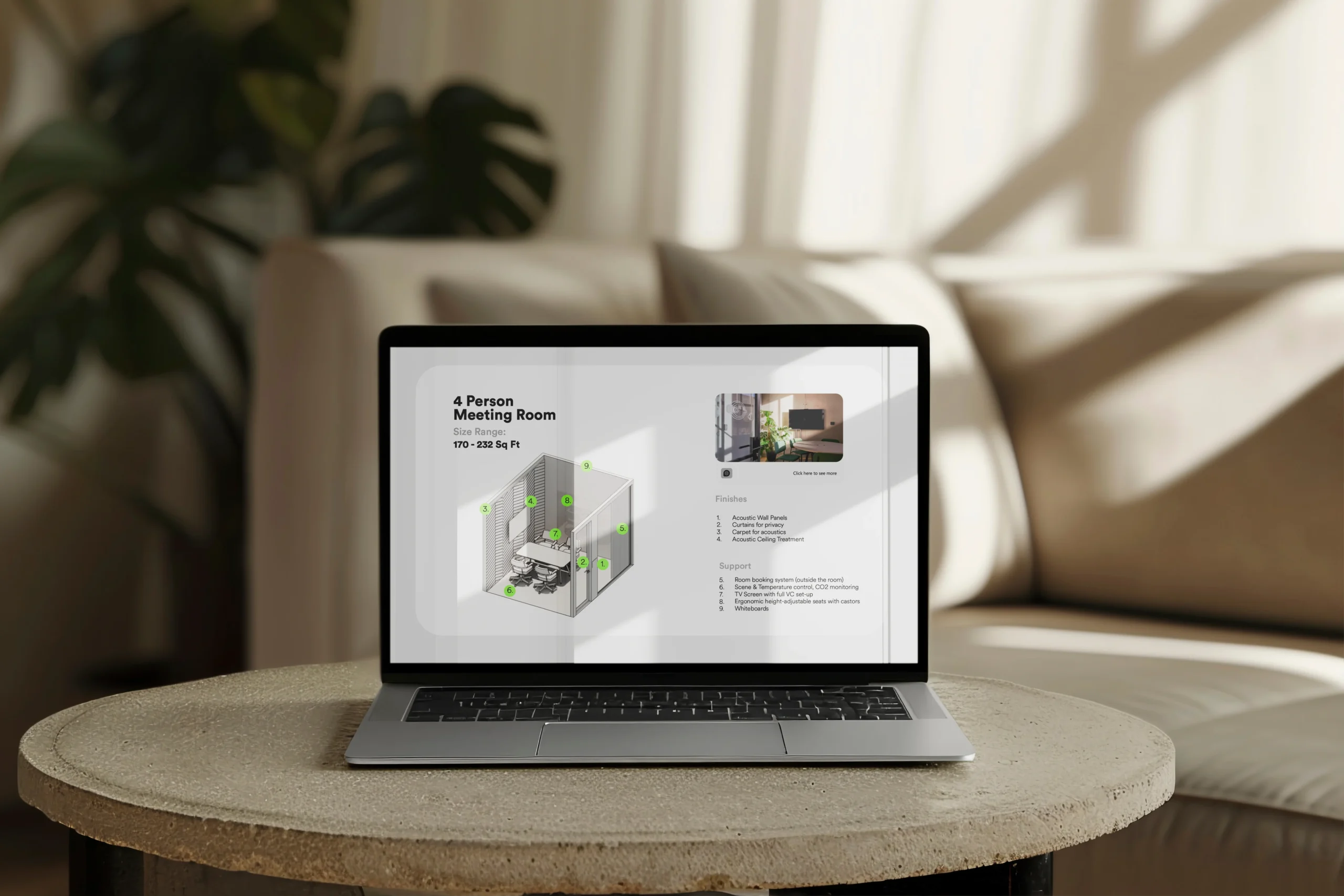6 Things to Look for When Relocating Your Office
Relocating your office is a decision that can redefine how your teams connect, how your clients see you, and how your business grows for years to come. Think of it less as a box-ticking exercise and more as pressing reset on the way you work.
Here are six things worth looking at closely, the details that can make your new office more than just an address:
1. Location and Connectivity
When relocating your office, location and connectivity should be at the top. According to Totaljobs, 54% of UK workers would quit because of their commute. In London, that figure jumps to 76%. Among younger generations, the numbers are even higher: 70% of Gen Z and Millennials would walk away from a role if the journey didn’t fit their work-life balance.
Cycle routes, walkability, and local amenities contribute to the day-to-day experience. A location that energises your team and puts you on the map for clients can elevate your brand without painting a single wall. If you are relocating your office, this factor can be the difference between keeping talent and losing it.
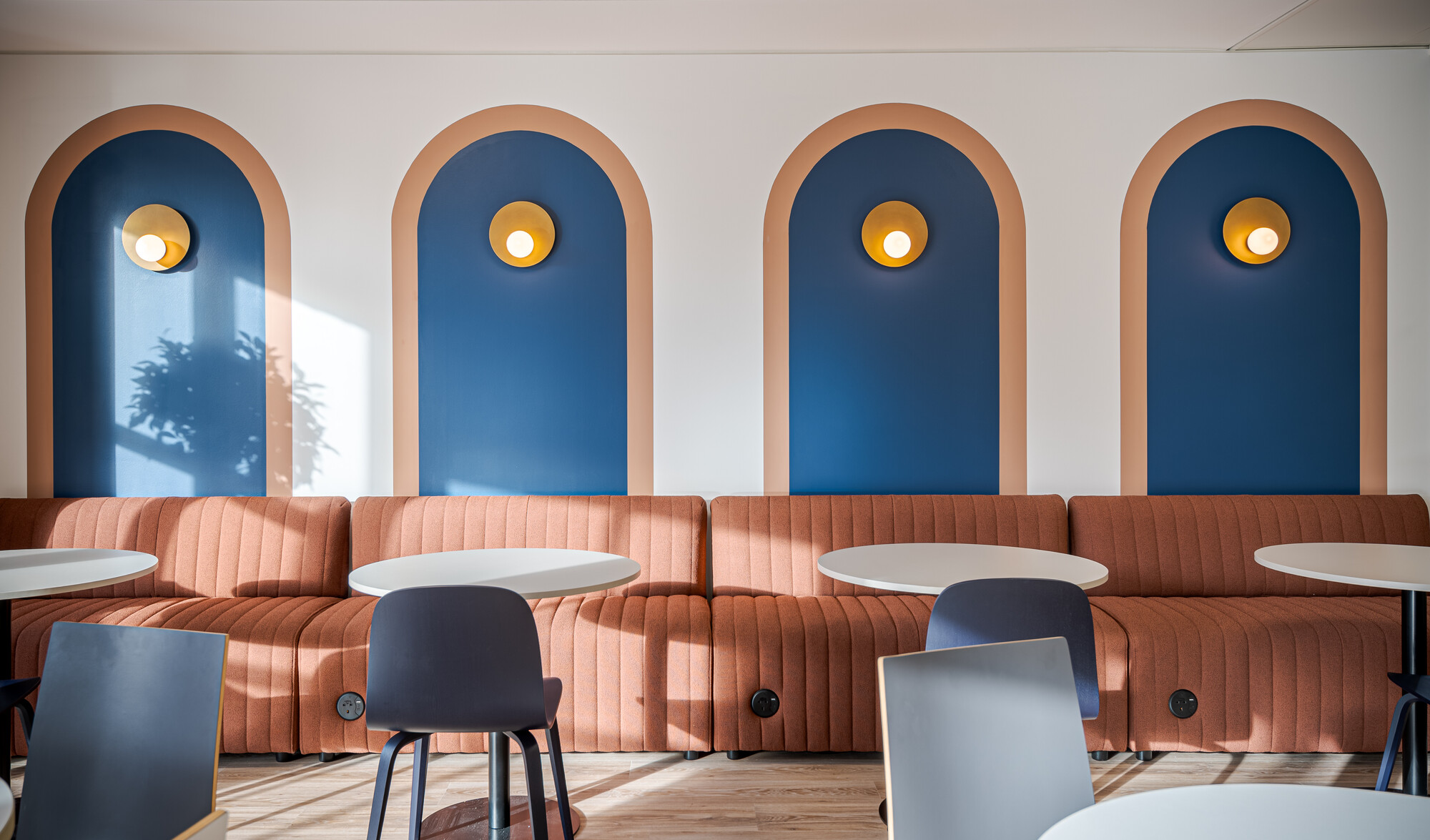
2. Flexibility in Lease Terms
Consider service charges, dilapidation clauses, and fit out restrictions when reviewing options. The “hidden” conditions in the contract often impact the cost more than the headline rent.
Long, rigid leases don’t make sense in a world where companies pivot fast. CBRE reports that 57% of occupiers now prioritise flexibility in lease terms, and it’s easy to see why. Break clauses, shorter terms, and subletting rights create the breathing room you need if headcount or working patterns change.
3. Infrastructure and Building Quality
It’s easy to be seduced by location and views, but the bones of a building make the biggest difference over time. Natural light, for instance, does far more than brighten a room. The Health and Safety Executive notes that without enough daylight, people are more likely to suffer from fatigue, headaches, and eye strain, all of which slow productivity and lower morale. Poor ventilation is also linked to higher sickness absence, which adds up quickly across a company.
The tightening rules around EPC ratings mean that from 2030, all commercial buildings in England and Wales will need to achieve at least a B rating to be leased. A building that feels affordable today could soon carry hefty compliance costs. Choosing one with stronger environmental performance now is both responsible and strategic.
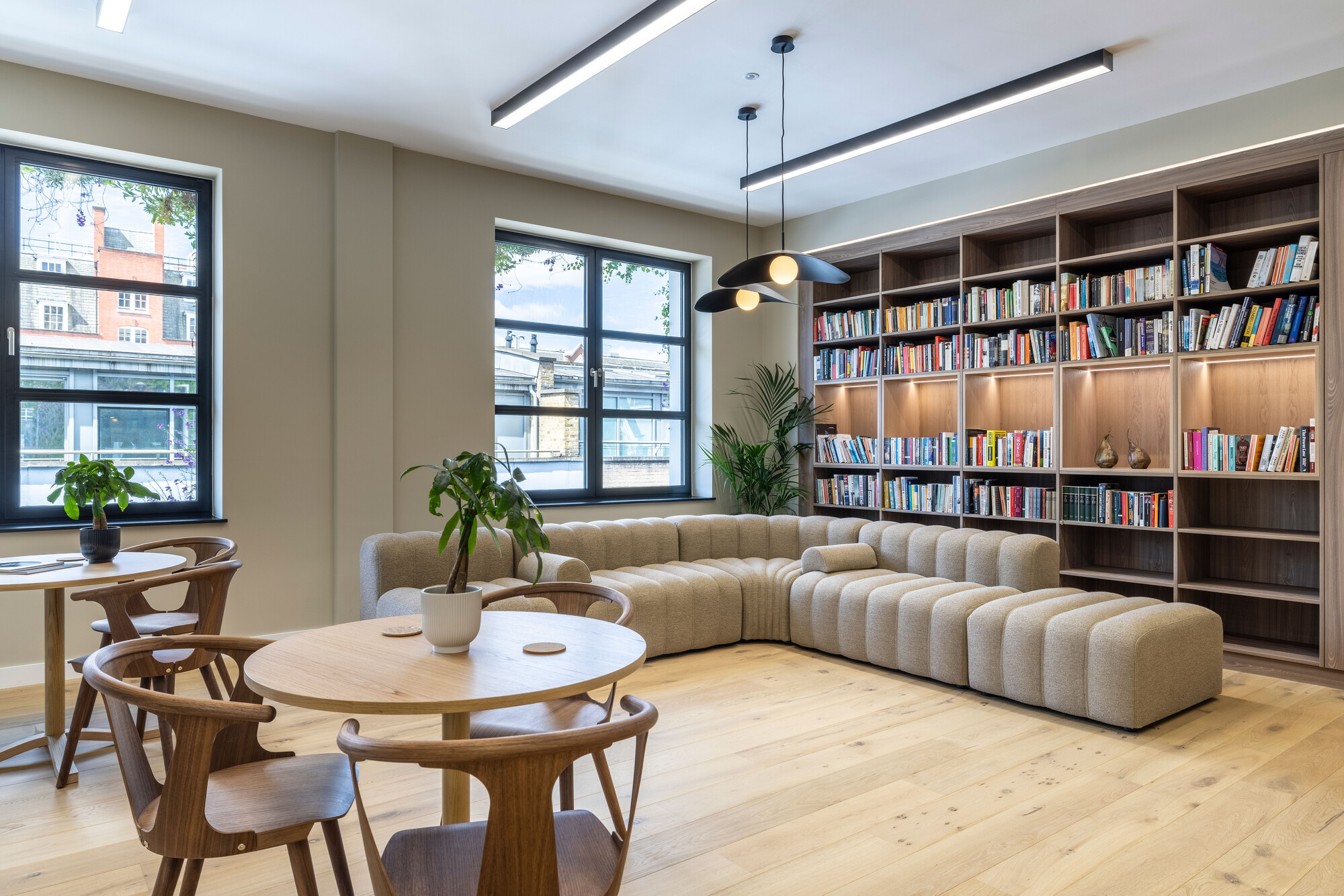
4. Growth Potential
Companies rarely stand still, so planning for growth is essential when relocating your office. Moving into a space that can’t flex with you risks forcing another move sooner than you’d like. Our designers suggest planning 10–20% extra capacity to future-proof against headcount increases and evolving work patterns.
Adaptable layouts and modular furniture can make this easier, transforming rooms as needs shift. The most successful spaces can flex between a boardroom and a collaborative space, but they don’t stay fixed.
Tools like our Office Space Calculator can help you estimate the size you need. It factors in growth, hybrid working, and mobility, so you don’t get caught short or stuck paying for too much.

5. Cost Beyond Rent
When planning a move, remember that rent is just the starting point. The real cost of your office space includes business rates, service charges, utilities, insurance, and ongoing maintenance. These can quickly add up and sometimes match or even exceed your rent. When relocating your office, it’s important to think beyond the price per square foot. Business rates, service charges, and maintenance can add up quickly, sometimes matching or exceeding your rent.
6. Culture and Brand Alignment
An office is a mirror. It tells clients who you are before you even say hello, and it frames the daily experience of your employees. With staff spending roughly one-third of their lives at work, the physical environment profoundly affects morale and performance.
Relocating your office is a rare opportunity to align space with identity. From the buzz of reception to the quiet corners where people focus, the building should embody your brand, culture, and ambition. Get these six factors right, and your next office won’t just house your company, it will fuel its future.
